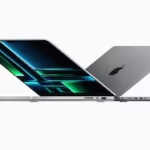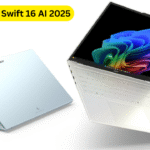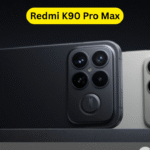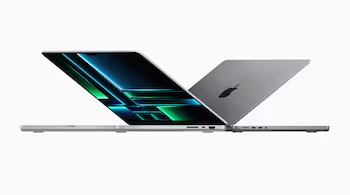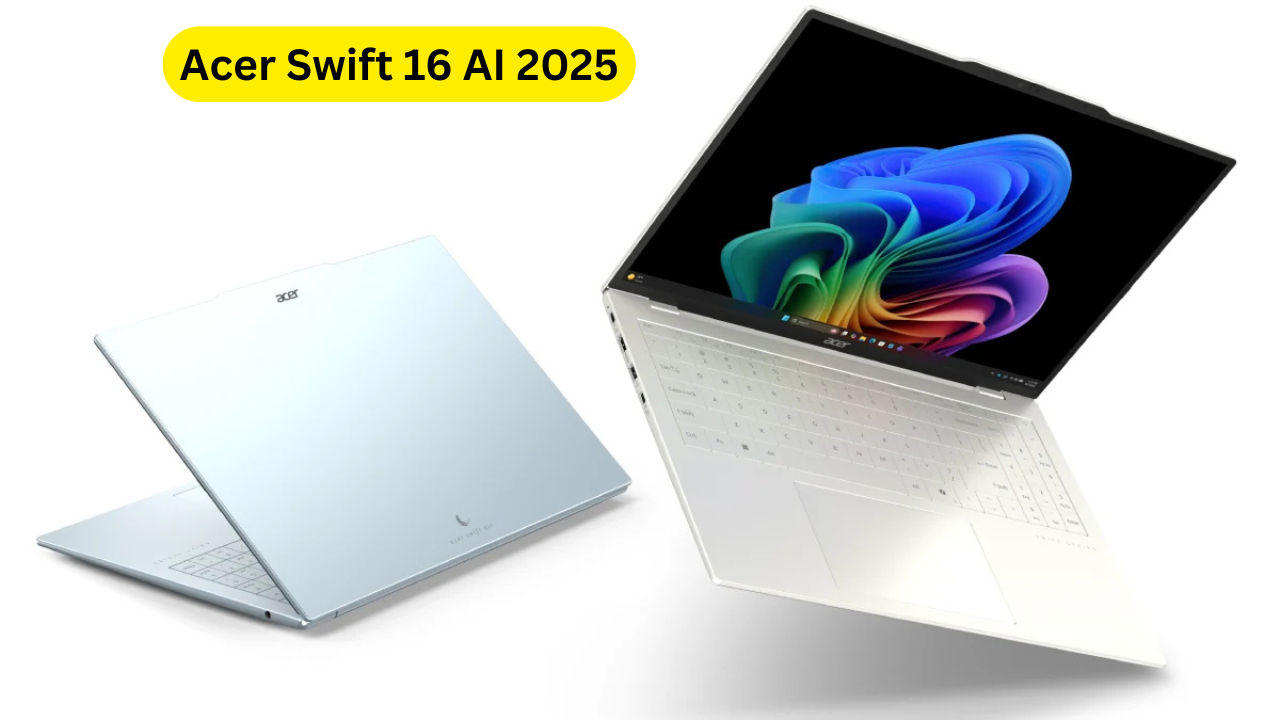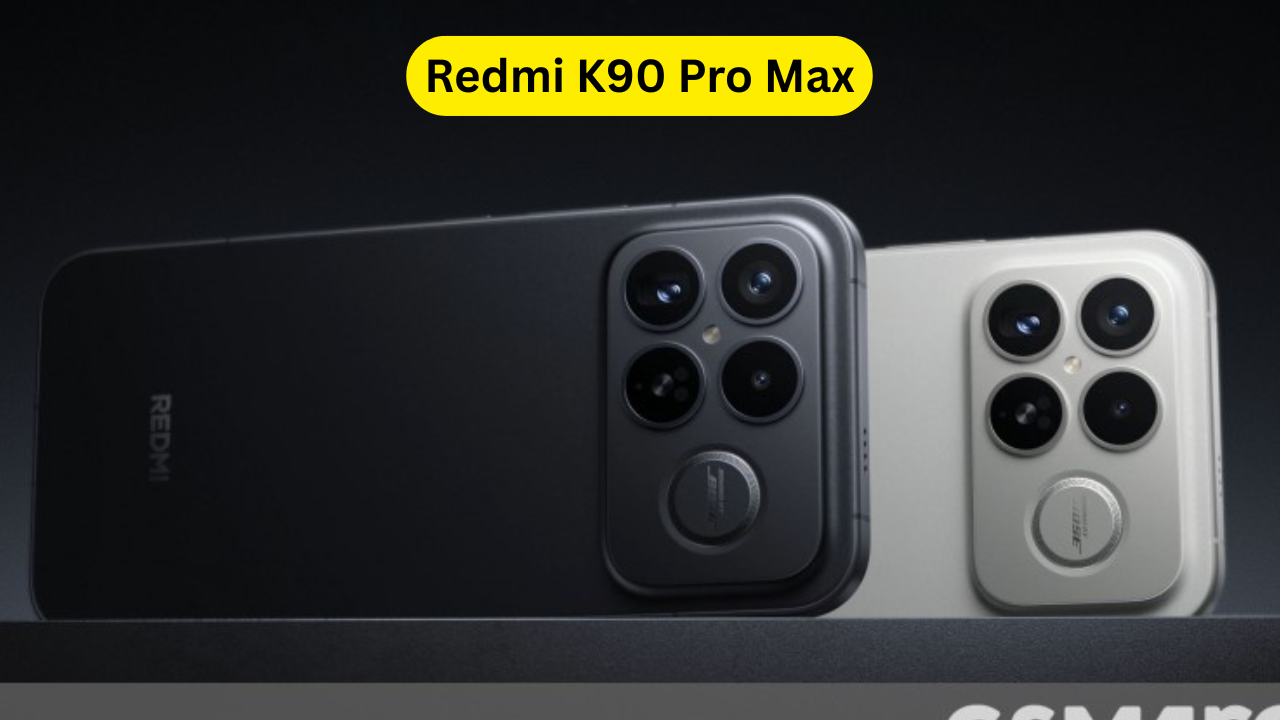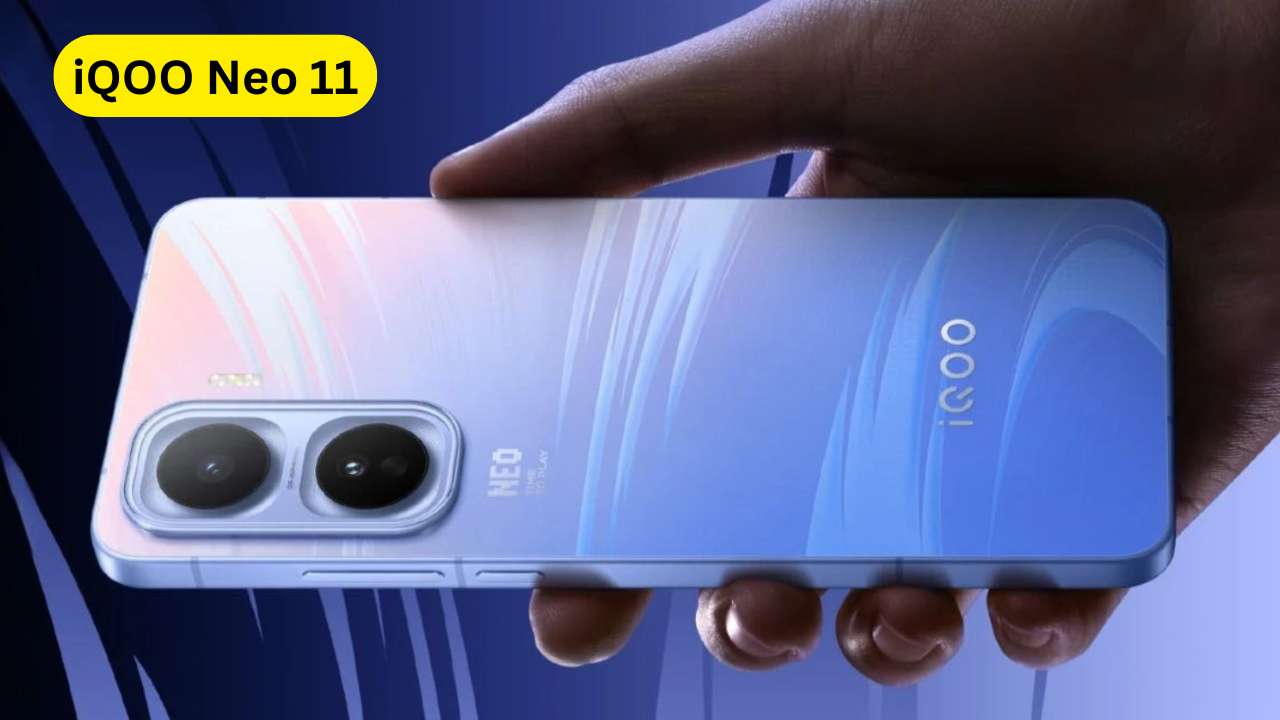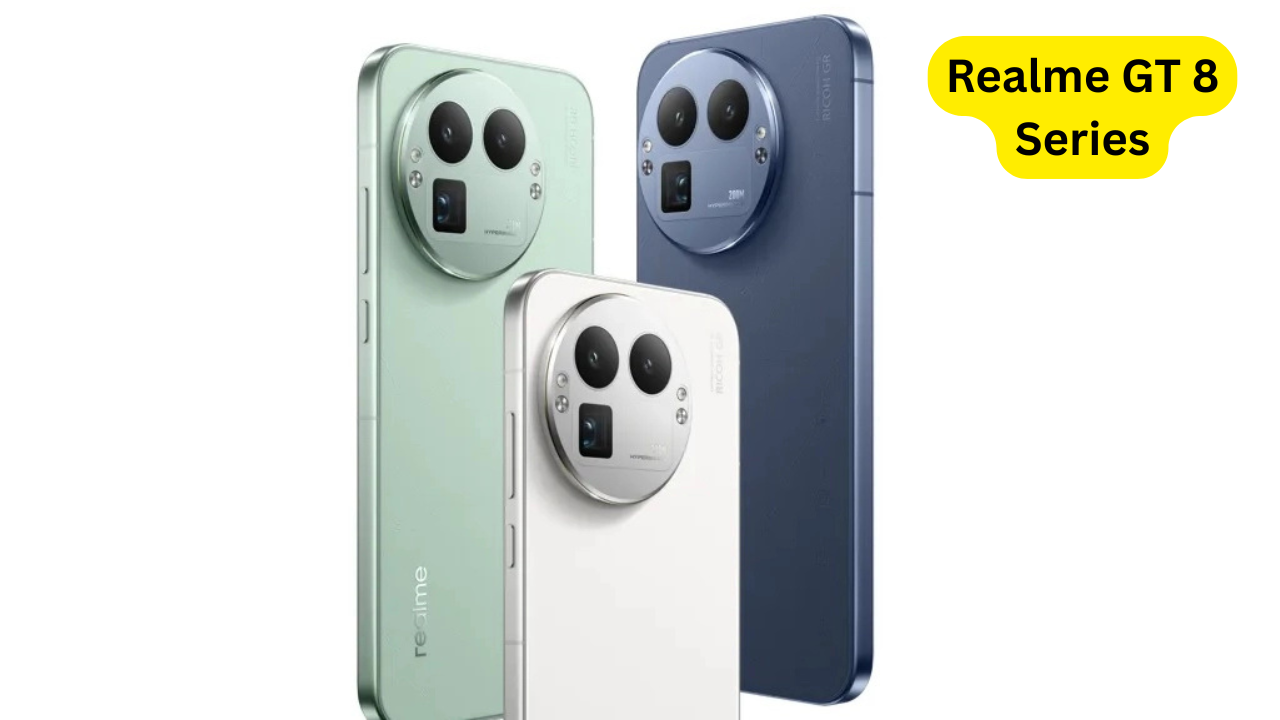Apple M4 MacBook Air vs M5 MacBook Pro: Apple’s 2025 Mac lineup has sparked a major debate among buyers — the lightweight, ultra-efficient M4 MacBook Air versus the power-packed, AI-ready M5 MacBook Pro. Both laptops share Apple’s signature design and advanced silicon architecture but cater to very different users. While the M4 MacBook Air dominates the ultraportable segment with class-leading efficiency and affordability, the M5 MacBook Pro redefines high-performance computing for creative professionals and power users.
The MacBook Air M4, available in 13-inch and 15-inch models starting at $999 and $1,199, continues to be Apple’s most accessible notebook. On the other hand, the MacBook Pro M5, starting at $1,599, delivers up to 45% better graphics and AI performance thanks to Apple’s next-generation M5 chip. The price gap of $400–$600 raises a crucial question: does the extra power justify the premium?
In this detailed comparison, we’ll explore the design, performance, display, battery, connectivity, and AI capabilities of both laptops to help you decide which one best suits your needs in 2025.
Performance and Chip Differences: M4 vs M5
At the heart of this comparison lies the Apple M4 vs Apple M5 chip — two generations apart in performance and architecture.
- The M5 chip delivers up to 15% faster CPU performance, 30% stronger GPU output, and 45% improved ray tracing efficiency compared to the M4.
- Unified memory bandwidth has been increased by 27.5%, enabling faster access between the CPU, GPU, and Neural Engine.
- AI-driven applications benefit the most — from faster video rendering to real-time generative content creation, the M5 MacBook Pro clearly outperforms its sibling.
In practical terms, the M4 Air remains incredibly fast for everyday workloads — word processing, browsing, light photo editing, and video calls — but when it comes to sustained workloads such as 4K video editing, 3D rendering, or Xcode compilation, the M5 Pro easily takes the lead thanks to its improved thermals and performance headroom.
Design and Build Quality
Both models retain Apple’s signature aluminum unibody design, sleek chassis, and fanless or low-noise cooling systems. The M4 MacBook Air prioritizes portability — weighing just 1.24 kg (13-inch) and 1.51 kg (15-inch) — making it ideal for travelers and students.
The M5 MacBook Pro, on the other hand, is slightly heavier at 1.6 kg (14-inch) but sturdier, featuring an active cooling system that maintains peak performance under heavy workloads. Its refined Space Black finish gives it a premium, professional edge that complements its workstation-class power.
Display: Liquid Retina vs XDR
- MacBook Air M4: Features a Liquid Retina display with up to 500 nits brightness, supporting the P3 color gamut and True Tone. Perfect for daily use, streaming, and productivity.
- MacBook Pro M5: Offers a mini-LED Liquid Retina XDR display with 1,600 nits peak HDR brightness, 120Hz ProMotion refresh rate, and better contrast and color accuracy — making it the go-to choice for creative professionals and designers.
If display quality and color precision matter to your workflow, the M5 MacBook Pro’s panel is unmatched in its class.
Battery Life
Apple’s M4 efficiency cores make the Air one of the most power-efficient laptops on the planet, offering up to 18 hours of web browsing or video playback.
The M5 MacBook Pro, despite its higher power output, delivers 16–17 hours of usage, thanks to Apple’s optimization of the M5 silicon. Both laptops use fast-charging USB-C power adapters, with MagSafe 3 support included in the Pro.
Connectivity and Ports
| Feature | MacBook Air M4 | MacBook Pro M5 |
|---|---|---|
| USB-C Ports | 2x Thunderbolt / USB 4 | 3x Thunderbolt 4 |
| HDMI Port | No | Yes (supports 8K at 60Hz) |
| SD Card Slot | No | Yes |
| Headphone Jack | Yes | Yes |
| MagSafe Charging | Yes | Yes |
| Wi-Fi | Wi-Fi 6E | Wi-Fi 7 |
| Bluetooth | 5.3 | 5.4 |
The MacBook Pro M5 offers more versatility for professionals — particularly video editors and photographers — who need HDMI and SD card access.
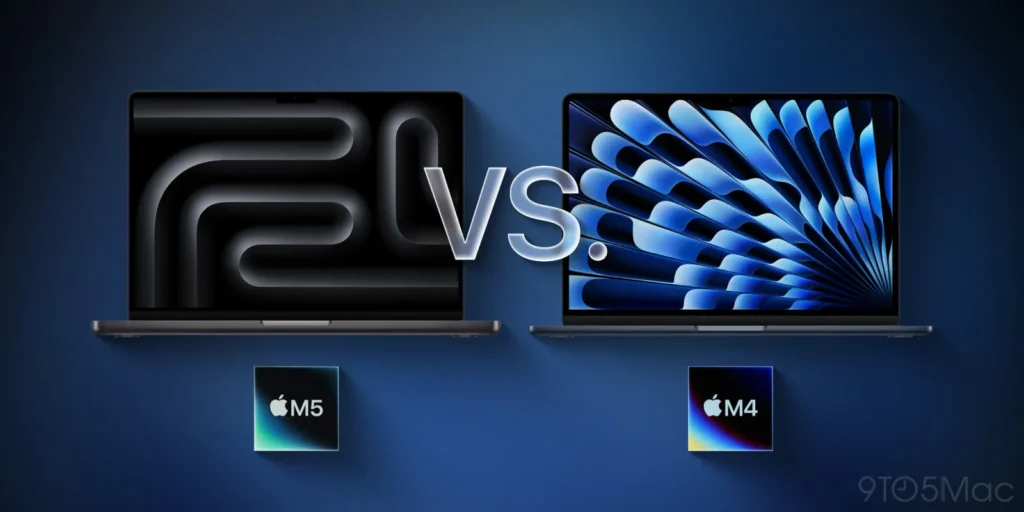
AI and Neural Engine Enhancements
Both the M4 and M5 chips integrate Apple’s advanced Neural Engine for on-device AI computation. However, the M5 version introduces a dedicated AI co-processor, delivering up to 50% faster machine learning performance.
This makes the MacBook Pro M5 better equipped for AI-assisted video editing, real-time image generation, and coding tools like Xcode’s predictive functions and Final Cut Pro’s smart segmentation.
Price and Value
- MacBook Air M4 (13-inch): $999 / ₹1,24,900
- MacBook Air M4 (15-inch): $1,199 / ₹1,44,900
- MacBook Pro M5 (14-inch): $1,599 / ₹1,74,900
- MacBook Pro M5 (16-inch): $2,099 / ₹2,24,900
For most users, the M4 Air offers the best balance between price and capability. However, professionals needing top-tier performance, a brighter display, and expanded I/O will find the M5 Pro worth every extra dollar.
Detailed Specifications
| Specification | MacBook Air M4 | MacBook Pro M5 |
|---|---|---|
| Processor | Apple M4 chip (8-core CPU, 10-core GPU) | Apple M5 chip (12-core CPU, up to 16-core GPU) |
| Neural Engine | 16-core | 18-core + AI co-processor |
| Display | 13.6/15.3-inch Liquid Retina (500 nits) | 14.2/16.2-inch Liquid Retina XDR (1600 nits, 120Hz) |
| RAM | Up to 24GB unified memory | Up to 36GB unified memory |
| Storage | Up to 2TB SSD | Up to 4TB SSD |
| Ports | 2x USB-C, MagSafe | 3x USB-C, HDMI, SD Card, MagSafe |
| Battery Life | Up to 18 hours | Up to 17 hours |
| Weight | 1.24–1.51 kg | 1.6–2.1 kg |
| Wi-Fi | 6E | 7 |
| Price | From $999 | From $1,599 |
Conclusion
The Apple M4 MacBook Air remains the ultimate choice for students, travelers, and casual users who prioritize portability, battery life, and affordability. It’s sleek, efficient, and capable enough for all everyday computing needs.
Meanwhile, the Apple M5 MacBook Pro represents a leap forward in AI computing and creative performance. With its superior display, advanced GPU, and AI co-processor, it’s tailor-made for developers, designers, and content creators who demand more power and precision.
In 2025, Apple’s strategy is clear — the MacBook Air M4 for portability and efficiency, and the MacBook Pro M5 for performance and creation. Both models excel in their respective domains, ensuring that buyers can choose confidently based on their personal needs.
Ultimately, if your workload is lightweight and mobility is key, go for the M4 MacBook Air. But if you handle demanding projects and rely on performance consistency, the M5 MacBook Pro is your best investment.
Also read: Acer Swift 16 AI 2025 Review: Premium OLED Laptop at a Competitive Price
FAQs of Apple M4 MacBook Air vs M5 MacBook Pro
1. Which laptop offers better performance: M4 MacBook Air or M5 MacBook Pro?
The M5 MacBook Pro offers significantly better performance, especially for sustained workloads like 3D rendering, video editing, and AI-driven applications. Its upgraded architecture and better thermal design allow higher sustained speeds.
2. Is the MacBook Air M4 good for students?
Yes, the MacBook Air M4 is perfect for students. It’s lightweight, efficient, and delivers long battery life. It handles note-taking, video calls, research, and creative assignments effortlessly without overheating or slowing down.
3. How does the display differ between the M4 Air and M5 Pro?
The MacBook Air M4 uses a Liquid Retina display (500 nits), while the MacBook Pro M5 features a Liquid Retina XDR display (1600 nits, 120Hz). The Pro’s screen offers superior brightness, color accuracy, and smooth motion — perfect for creative professionals.
4. Can the M4 MacBook Air handle video editing?
Yes, it can handle light to moderate 4K video editing efficiently. However, for heavy, multi-layered projects or color grading, the M5 MacBook Pro’s GPU and cooling system will deliver a smoother experience.
5. Which MacBook should I buy in 2025?
Buy the M4 MacBook Air if you need a lightweight, affordable laptop for general use. Choose the M5 MacBook Pro if you require high performance for creative, technical, or AI-based tasks. Both are excellent, but your choice should depend on your workflow and performance needs.
